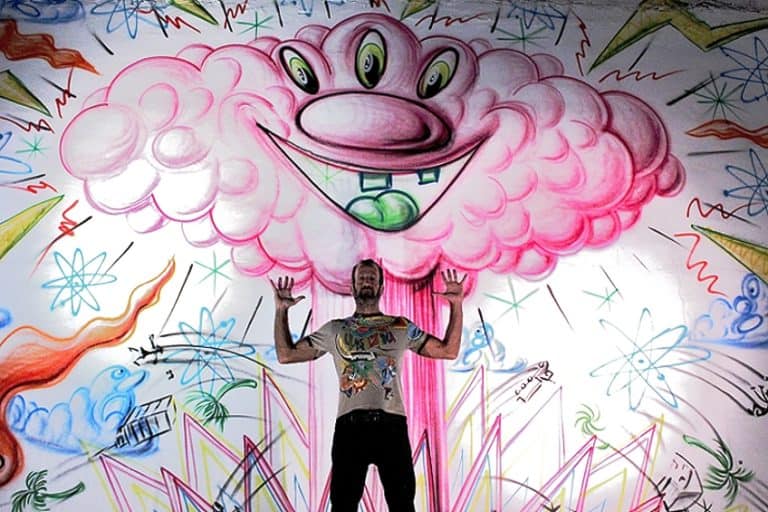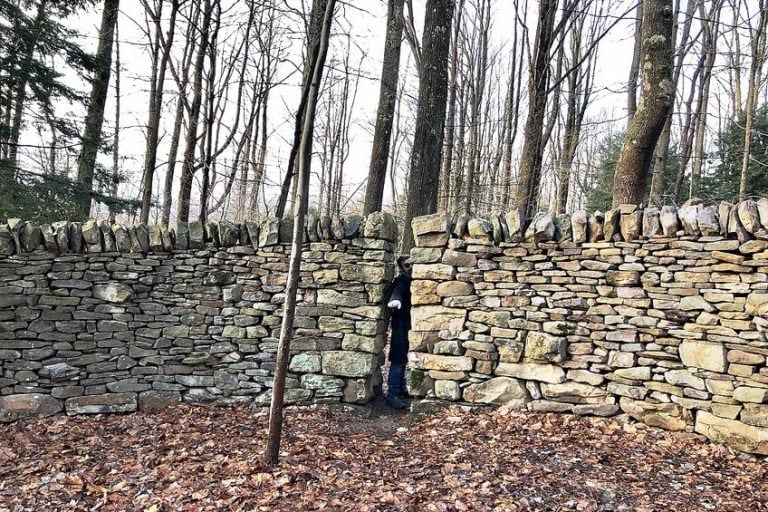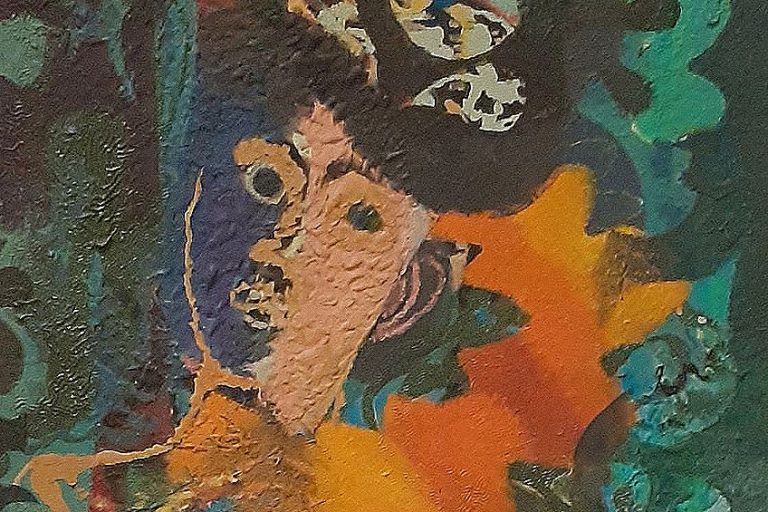Constantin Brâncuși – Works by the Famous Romanian Sculptor
Constantin Brâncuși is regarded by many to be the 20th century’s most significant sculptor. Constantin Brâncuși’s sculptures portray archetypal and ideal representations of the subject matter. The Romanian sculptor’s works are deceptively simple, with reduced shapes aimed at revealing hidden truths. Below, we will learn more about the famous modern sculptor’s lifetime and artworks.
The Biography of Romanian Sculptor Constantin Brâncuși
| Artist Name | Constantin Brâncuși |
| Nationality | French-Romanian |
| Date of Birth | 19 February 1876 |
| Date of Death | 16 March 1957 |
| Place of Birth | Hobitza, Romania |
By focusing on very basic shapes devoid of decoration, Constantin Brâncuși aimed to create sculptures that captured the fundamental essence of his subjects, whether they were humans, animals, or objects. While many people thought his art was abstract, he disagreed; he regarded his works as representational, claiming that they revealed a basic, often hidden, truth.

Folklore, mythology, and “primitive” civilizations were major inspirations for Brâncuși’s art. These old-world and traditional sources of inspiration provided a strong contrast to his works’ typically sleek look, leading to a distinct combination of modernism and timeless quality.
Childhood and Early Training
Brâncuși, the second of four children, was born in 1876 in the tiny rural community of Hobitza, Romania. He had a challenging upbringing, in part because of strained relationships with his father, and the siblings from his previous marriage. Brâncuși, therefore, left home in 1887, aged 11. He resided in Craiova, Romania, from 1889 until 1893, working as a fortune-teller, cabinet maker, and waiter, while simultaneously attending the School of Arts and Crafts part-time. He entered full-time at the school in 1894, where he shone in woodworking and eventually graduated in 1898 with honors.
Brâncuși went on to study sculpting at the National School of Fine Arts which was located in Bucharest, where he won awards in various competitions. In 1904 he traveled to Paris from Romania, notably walking the majority of the trip.
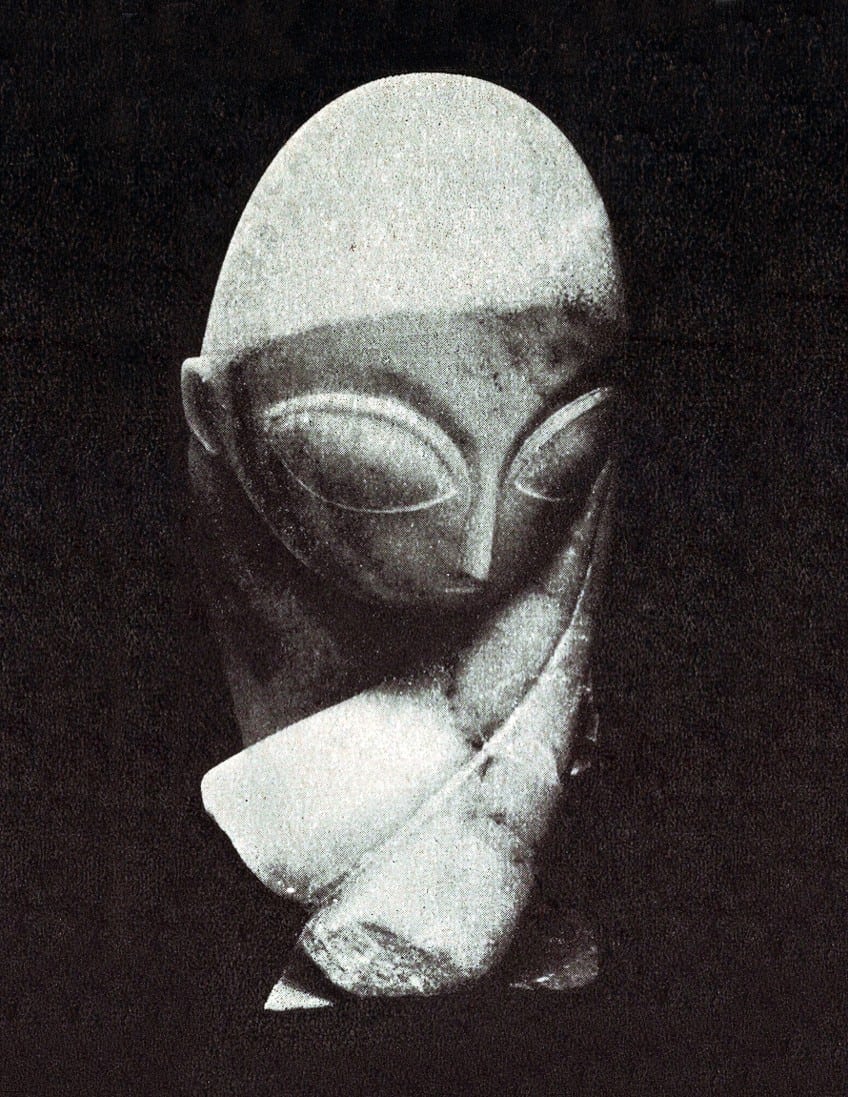
This narrative became part of the folklore surrounding the artist as a peasant with exotic ancestors, which was aggressively encouraged by Brâncuși himself, who began wearing Romanian peasant dress on formal occasions and built all of his own furniture. He then studied modeling and sculpting at the École des Beaux-Arts in Antonin Mercie’s sculpture workshop from 1905 until 1907. Brâncuși started out as an assistant in Auguste Rodin’s workshop in 1907 but resigned after just a month.
Nonetheless, his month-long residency at Rodin’s studio was crucial in establishing his personal aesthetic, as he used Rodin’s artwork as a starting point for developing his own significantly different artistic practice, characterized by the use of Direct Carving as opposed to producing from a clay model.
Mature Period
Brâncuși started to create his own style after leaving Rodin’s studio, starting with square sculptures. Brâncuși began making smoother, more curved sculptures in bronze and marble in 1909. He created several, yet separate versions of pieces like Maiastra, The Kiss, and Sleeping Muse, and by 1912, this career-long practice of making serial variants on the same topic had become an established practice in his overall oeuvre. The Romanian sculptor’s art first emerged in the United States in 1913, when five of his works were displayed at the Armory Show in New York.
This seminal show brought together new and avant-garde American and European art, much of it contentious. Marcel Duchamp, whose art was equally challenging for critics, became a close friend, supporter, and collector of Constantin Brâncuși’s sculptures.
While many reviewers were perplexed by the Romanian sculptor’s work, artists gravitated toward him, and many started collecting it. Despite the fact that Brâncuși spent most of his life in Paris, with just a few excursions to New York, he recognized the importance of American critics and collectors to his career, stating, “If it were not for the Americans, I wouldn’t have been able to produce all that, or even possibly existed”.

In 1914, Constantin Brâncuși received his debut one-man exhibition at Alfred Stieglitz’s Photo-Secession Gallery in New York. This popular show also marked the first acquisition by modern art enthusiast and collector John Quinn, who went on to become one of Brâncuși’s most ardent supporters. Brâncuși started taking photos the same year.
Many of his photographs were taken in his own studio, documenting the exact ways he organized the arrangement of his pieces, which was crucial to his creative process since he believed the foundation of the sculpture to be equally as essential as the sculpture itself.
Brâncuși’s work sparked more public debate. His Princess X generated a stir at the Salon des Indépendants in Paris in 1920 due to its phallic appearance. Bird in Space became entangled in a court struggle over the meaning of art in 1928 when customs officers refused to recognize it as artwork, therefore exempting it from customs charges. The photographer and owner of the piece, Edward Steichen, responded by filing a lawsuit. The decision in Brâncuși’s favor was a victory for abstract art. Isamu Noguchi, possibly Brâncuși’s most renowned student, also served as his studio assistant in 1927.
Late Period
Brâncuși discussed creating a temple in India with the Maharajah of Indore in the 1930s, however, the sculpture was never completed. In 1938, he constructed a massive three-part public artwork for Tirgu-Jiu, in order to honor Romanian troops who died in World War I. Yet, one of the sculptures in the series, like many of his other works, has caused controversy. A Communist sought to demolish the piece in the 1950s, declaring it as a corrupt representation of Western art. The sculpture survived, although it was extensively damaged, and it finally underwent a protracted and much-disputed conservation process.
Brâncuși’s first retrospective exhibition was held at the Guggenheim Museum in New York in 1955.

He had meticulously planned and recorded the arrangement of sculptures in his Parisian studio throughout his life. He bequeathed his entire studio to the Museum of Modern Art with the condition that it be preserved shortly before his death in 1957. It is now being rebuilt outside the Pompidou Centre in a structure designed by Renzo Piano.
Constantin Brâncuși’s Legacy
Brâncuși was regarded as a trailblazer in contemporary sculpture, laying the path for future generations of artists. His use of biomorphic shapes, as well as the incorporation of his sculptures with their bases, impacted the work of artists such as Isamu Noguchi, another key figure in 20th-century sculpture. Sculptors such as Barbara Hepworth, Henry Moore, and Jacob Epstein embraced Brâncuși’s embracing of his materials’ particular properties and attention to the method of Direct Carving.
The pared-down look of his sculptures had a significant effect on the artists connected with the 1960s Minimalist movement.
Constantin Brâncuși’s Sculptures
Constantin Brâncuși’s forms were dictated by the materials he utilized, which were principally stone, marble, wood, bronze, and metal. He paid special attention to his materials, polishing pieces for days to obtain a sheen that represented endless continuity in the surrounding space – as if they extended outward from the core into some flawless existence. Below, we will share a few of the famous modern sculptor’s most renowned works of art. These works exemplify this famous Romanian sculptor’s style and artistic progression.
The Kiss (1908)
| Date Completed | 1908 |
| Medium | Limestone |
| Dimensions (cm) | 27 x 26 x 21 |
| Location | The Philadelphia Museum of Art, Philadelphia, United States |
Brâncuși’s initial rendition of The Kiss demonstrated a significant divergence from Auguste Rodin’s classic depiction of the same topic. The sculpture’s texture, composition, and material reflect Brâncuși’s interest in the spirituality and forms of Assyrian, African, and Egyptian art. Brâncuși was also drawn to Direct Carving, an approach that had grown in popularity in France at the time due to a fascination with “primitive” approaches.
These sculptural works represent his transition towards simpler forms as well as a focus on the application of contrasting textures, both of which are important components of his later work.
Sleeping Muse I (1910)
| Date Completed | 1910 |
| Medium | Marble |
| Dimensions (cm) | 15 x 24 x 17 |
| Location | Hirshhorn Museum and Sculpture Garden, Washington D.C., United States |
The Romanian sculptor’s favorite subjects were heads and busts, and he acquired many commissions for them. Brâncuși established a distinctive portrait bust form with this sculpture, modeled on the Baroness Renee-Irana Frachon, depicting the disembodied head of the sitter. This was the famous modern sculptor’s initial exploration of the sleeping head motif, a theme that captivated the artist for over two decades.
The smoothness of the work juxtaposes with the carved definition of the facial features of the sitter, which was created by the artist’s technique of polishing his sculptures until they attained a gleaming appearance.
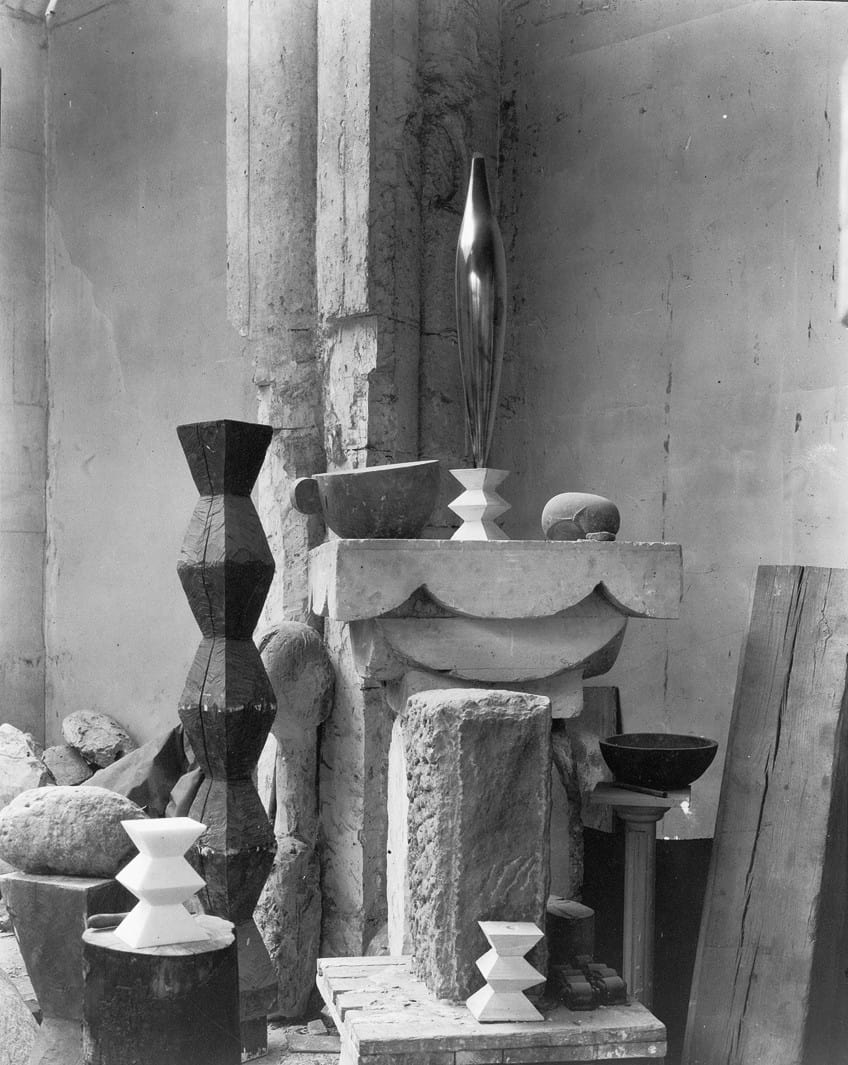
Fish (1926)
| Date Completed | 1926 |
| Medium | Metal, bronze, and wood |
| Dimensions (cm) | 93 x 50 x 50 |
| Location | Tate Museum, London, United Kingdom |
Brâncuși was fascinated by animals, specifically those with transformational abilities in mythology. He sculpted several birds, fish, swans, and seals. Instead of sculpting fins and scales for his fish sculptures, he attempted to convey the animal’s essence – its speed, a flashing and floating figure seen through water – nothing but a momentary flash of its spirit.
Brâncuși frequently used mediums like limestone, bronze, marble, and wood to contrast varied textures, colors, and shapes, as can be seen in this sculpture by the Romanian sculptor.
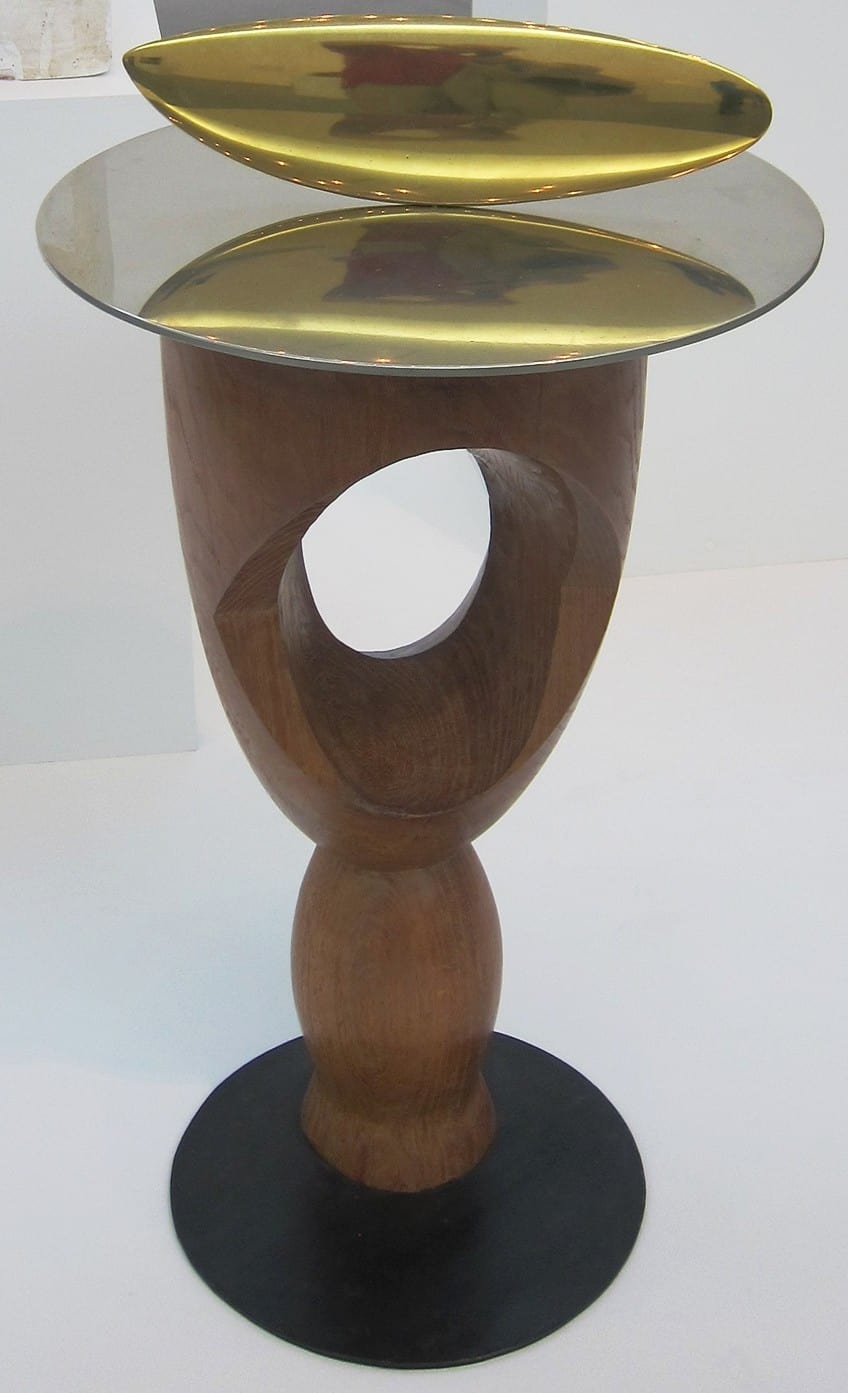
The bronze fish has been placed upon a wooden platform that is capped with a mirror that serves as an important element of the artwork itself, reflecting the fish’s environment, a body of water, whose reflective nature mirrors the impression of vastness that Brâncuși frequently strove to express in his sculptures. The mirror-wood foundation also serves as structural support, as the bronze fish would be unable to “stand” erect and would have to lie on its side without it.
Bird in Space (1928)
| Date Completed | 1928 |
| Medium | Bronze |
| Dimensions (cm) | 137 x 22 x 16 |
| Location | The Museum of Modern Art, New York City, United States |
For most of his career, Brâncuși’s oeuvre included a lot of bird imagery. Starting with his Maiastra sculptures in 1910, which were based on a mystical bird from Romanian legend, he went on to create works such as Golden Bird and Magic Bird. Yet, his many versions of Bird in Space were his most well-known interpretations of the subject.
Brâncuși avoids depicting the bird’s physical characteristics in these highly polished paintings, instead focusing on portraying “the essence of flight” through the incorporation of slightly tapering, elongated forms that imply the bird’s fast, upward movement.
That completes our look into the art and life of the famous modern sculptor, Constantin Brâncuși. He was regarded as one of the most significant sculptors of the previous century. Considered a foundational character of Modernism, he significantly reduced figurative shapes in works made out of marble, bronze, wood, and stone. His graceful geometric forms redefined depiction, and regularly employed elliptical and ovoid shapes to convey movement, relaxation, or spiritual introspection.
Frequently Asked Questions
Who Is Constantin Brâncuși?
Many regard Constantin Brâncuși to be the father of contemporary sculpture, and his legacy continues to guide this art form many years later. He drew on his education in Romania, as well as France and Germany, before developing his own modernist technique, which resulted in a number of outstanding pieces in his illustrious artistic career. The artist traveled a great deal but never lost connection with his Romanian origins. Even after departing for the bright lights of Western Europe, he donned modest clothes in keeping with his culture. Constantin Brâncuși’s part of Romania was famous for its woodcutting, and this served as his first exposure to the artistic world.
What Characterizes Constantin Brâncuși’s Sculptures?
Constantin Brâncuși promoted abstraction, simplifying figures and reducing them to pure geometric outlines. This enabled him to make sculptures that were both ageless and universal. Animals, the human body, plants, and Romanian folklore all served as sources of inspiration for him. Constantin Brâncuși’s sculptures frequently incorporated human and biological aspects, blurring the distinction between realistic and abstract shapes. The famous modern sculptor meticulously polished the surfaces of his sculptures to obtain a flawless and shiny appearance.
Isabella studied at the University of Cape Town in South Africa and graduated with a Bachelor of Arts majoring in English Literature & Language and Psychology. Throughout her undergraduate years, she took Art History as an additional subject and absolutely loved it. Building on from her art history knowledge that began in high school, art has always been a particular area of fascination for her. From learning about artworks previously unknown to her, or sharpening her existing understanding of specific works, the ability to continue learning within this interesting sphere excites her greatly.
Her focal points of interest in art history encompass profiling specific artists and art movements, as it is these areas where she is able to really dig deep into the rich narrative of the art world. Additionally, she particularly enjoys exploring the different artistic styles of the 20th century, as well as the important impact that female artists have had on the development of art history.
Learn more about Isabella Meyer and the Art in Context Team.
Cite this Article
Isabella, Meyer, “Constantin Brâncuși – Works by the Famous Romanian Sculptor.” Art in Context. August 2, 2023. URL: https://artincontext.org/constantin-brancusi/
Meyer, I. (2023, 2 August). Constantin Brâncuși – Works by the Famous Romanian Sculptor. Art in Context. https://artincontext.org/constantin-brancusi/
Meyer, Isabella. “Constantin Brâncuși – Works by the Famous Romanian Sculptor.” Art in Context, August 2, 2023. https://artincontext.org/constantin-brancusi/.




